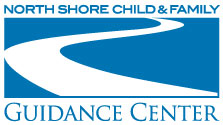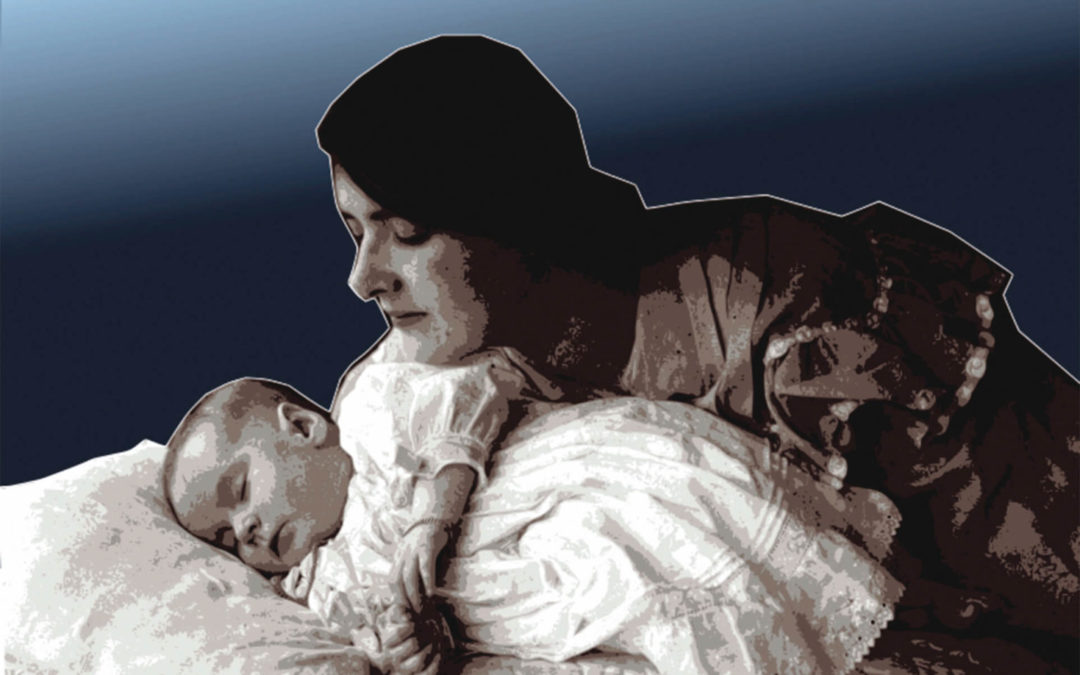
Maternal Depression Rates Rise During Pandemic, By Vanessa McMullan, December 7, 2020
Pregnancy and childbirth are exciting times in a family’s life, filled with joy and awe. For some mothers, however, the situation is far more complex. While many women experience some mild mood changes during or after the birth of a child, 15 to 20 percent of women have more significant symptoms of postpartum depression and other perinatal mood and anxiety disorders or PMADs.
Fifteen to 20 percent of women have more significant symptoms of postpartum depression and other perinatal mood and anxiety disorders or PMADs.
At North Shore Child & Family Guidance Center, we work with moms and pregnant women whose symptoms may include feelings of sadness, irritability, guilt, lack of interest in the baby and changes in eating and sleeping habits. Some also experience trouble concentrating, thoughts of hopelessness and even thoughts of harming the baby or herself.
Research shows that the pandemic has increased the incidents of PMADs, and also heightened symptoms. One study found that the rate of symptoms of depression in new mothers amid the pandemic was nearly three times the rate of new mothers’ symptoms pre-pandemic.
The reality is that, as with so much about the virus, there are still many unknowns as to the impact of COVID-19 during pregnancy and for babies and young children, which creates enormous stress. Being a new mother can be isolating under normal circumstances, but during the quarantine and social distancing protocols, the sense of isolation has been greatly magnified. Expectant and new parents are concerned about a host of issues, from financial and job stability to the health of their babies and themselves.
The pregnancy and birth experience, especially during the height of the pandemic, was anything but normal. Many pregnant women and new moms had to go to their doctor’s appointments by themselves, and if they got bad news, they had no one with them to lean on. Most had no baby showers, no visits from grandparents, no birthday parties—even an absence of partners in the hospital before, during and after the birth. They often had very little support from friends and relatives who typically help the new parents in the days after the baby comes home, for fear of catching or transmitting the virus.
Families who have school-aged children have had to struggle with the decision of whether or not to send them back to the classroom, where they may be exposed to the virus and bring it home to the family. Even though New York has improved in terms of COVID-19 numbers since the height of the pandemic, being cautious is still important, and we have no way of knowing what the next several months will bring. And the fact that all of us will be inside more will likely present significant challenges.
The good news is that North Shore Child & Family Guidance Center has been able to serve these moms and families during the pandemic through remote therapy, either by video or phone. In addition to individual and family therapy, the Guidance Center has continued to offer remote group counseling, so parents don’t feel so alone. Our psychiatrists are also seeing clients remotely, in the cases where medication is needed.
Through our Diane Goldberg Maternal Depression Program, the Guidance Center provides:
• Screening and assessments
• Individual, couple and family therapy
• Crisis intervention consultation
• Psychiatric evaluations and medication management, where needed
• Support groups
• Back-to-work family support
• Help with self-care
As one new mother told us, “You’ve been my lifeline during this time when I needed connection and reassurance and support.”
If you or someone you love is experiencing symptoms of postpartum depression or other perinatal mood disorders, call the Guidance Center at 516-626-1971 and tell them you are seeking help for maternal depression. We are here for you.
Vanessa McMullan, LCSW, is supervisor at The Marks Family Right from the Start 0-3+ Center at North Shore Child & Family Guidance Center. She also heads up the organization’s Diane Goldberg Maternal Depression Program. Call 516-626-1971 or visit www.northshorechildguidance.org to learn more.
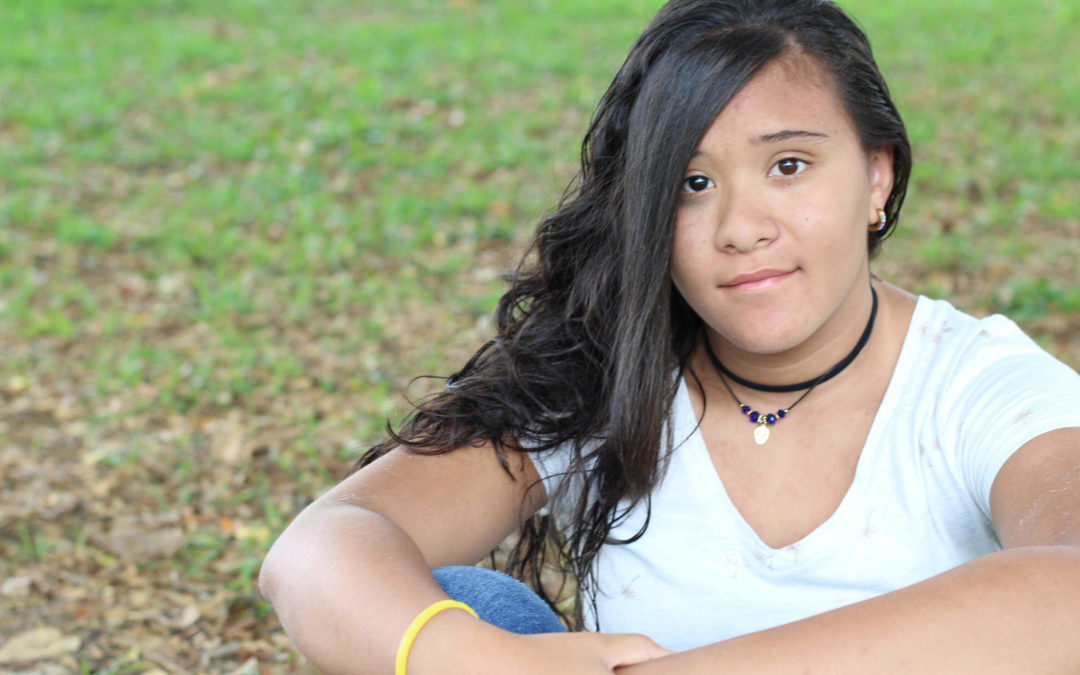
Dear North Shore Child & Family Guidance Center Community,
| Olivia’s first visit to the E.R. for self-harm and suicidal thoughts came last fall, when she was just 14 years old. But instead of admitting her, the hospital referred her to North Shore Child & Family Guidance Center. We saw her the very next day — an unheard of rapid response at most mental health centers, which often take weeks or even months to schedule appointments. Olivia thrived in our Latina Girls Project, an innovative bilingual and bicultural therapeutic program that addresses the unique challenges affecting Latinas and transforms these vulnerable girls into happy, healthy young women. Then COVID-19 hit. Olivia’s mother contracted the virus, and the teen watched helplessly as her mother battled the disease for two months. When Olivia missed her virtual appointments, her therapist Anna asked Olivia to attend an in-person appointment. Anna realized immediately that the girl had lost weight and desperately needed help. Anna began seeing Olivia and her family for therapy three times a week remotely and connected them with an eating disorder specialist. At the Guidance Center, we treat the whole child, not just their symptoms. Thankfully, Olivia’s mother is now well, and so is Olivia. She told Anna, “I can’t believe I ever thought I wanted to kill myself. I feel so much better!” This story could have had a very different ending, but thanks to you, we are able to bring children from hurting to healing every day — which is especially important as the pandemic continues to threaten the mental health of our kids. Please consider making a gift this holiday season to ensure that children like Olivia can live happy and healthy lives. With gratitude, |
 |
| Paul Vitale, President P.S. The future of our children is in your hands. Please support our lifesaving mission today. |
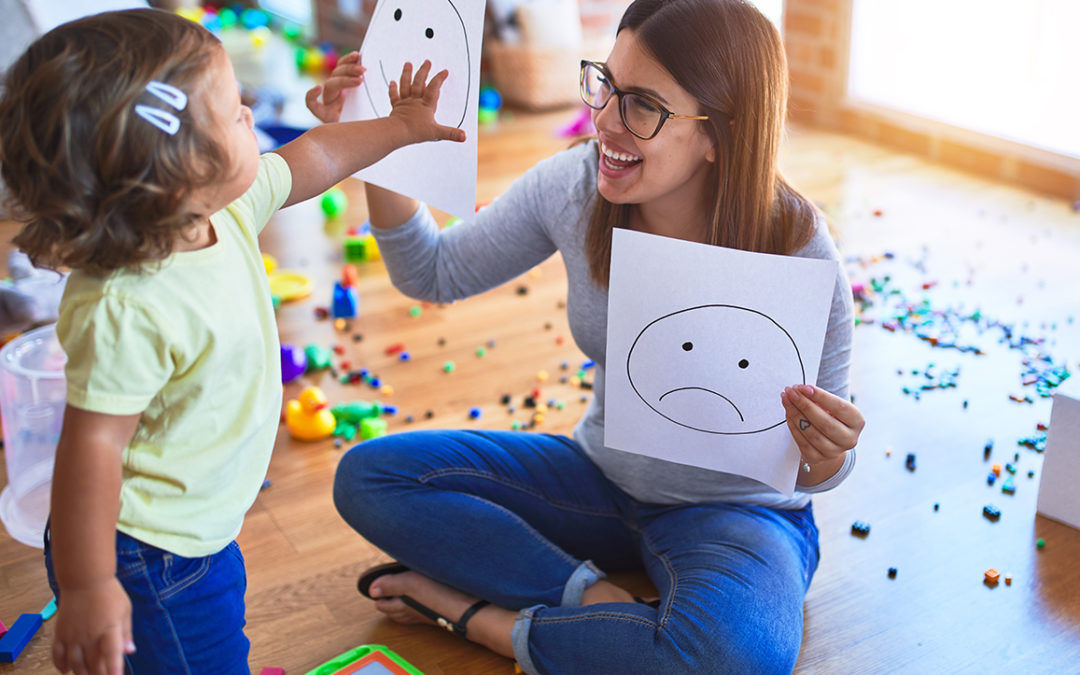
Ask the Guidance Center Experts, Blank Slate Media, December 1, 2020
In this new monthly column, therapists from North Shore Child & Family Guidance Center will be answering your questions on issues related to parenting, mental health and children’s well-being. To submit a question, email NSCFGCexperts@gmail.com.
Question: We’ve recently been concerned that our teen daughter seems to be feeling more blue than usual. Her grades have been going down, and she wants to sleep all the time. When we ask her how she’s doing, she gets very emotional. Should we be worried?
—Panicked Parents
Dear Panicked Parents: The pandemic has created an enormous amount of anxiety and sadness for all of us, including our kids. We’ve been dealing with this strange, new reality for eight months now, and there’s no clear answer as to when we will turn the corner and be back to our routines.
The fact that your daughter is feeling stressed and sad isn’t surprising; in fact, studies indicate that these feelings are on the rise all over the country. Changes in sleep and eating patterns are common, as are struggles with the unusual school schedule. Kids are also worried that their loved ones may become ill.
It’s crucial that you always keep the lines of communication open. As parents, we tend to jump in to try to “fix” what’s wrong, instead of realizing that sometimes, your child just needs you to listen and be empathetic, acknowledging their feelings and assuring them you are there for them.
There are some things you can do to help your daughter, and yourselves, during this challenging time. Basics like eating healthy foods, exercising regularly, spending time outside in the fresh air and setting up a regular school and sleep routine can make a big difference.
Of course, it’s important to look out for signs that your daughter’s issues might be more significant and require therapeutic intervention. Some warning signs: a continued drop in grades or refusal to go to school; withdrawing from friends and family; significant changes in weight, either losing or gaining; the inability to feel joy; increased anger; physical complaints like headaches or stomachaches; use of drugs or alcohol; and expressing thoughts of suicide or preoccupation with death.
At North Shore Child & Family Guidance Center, we are seeing children and teens via remote therapy during this time, or in person when the situation calls for it. Don’t hesitate to call us at (516) 626-1971 for an evaluation.
Question: My eight-year-old son is in school two days a week and home the other three doing remote learning. While he’s been on this schedule for over two months now, he still struggles at times. What can I do to help?
—Port Washington Mom
Dear PW Mom: It’s common for kids of any age to have difficulty remaining focused on their remote schoolwork, since being at home offers up all sorts of temptations and distractions.
While it can be hard for parents to manage their children’s classwork alongside their own work and other responsibilities, familiarize yourself with your son’s school schedule to ensure he attends online classes and doesn’t miss assignments.
Another way to set him up for success is to create a small, quiet area where he can attend classes and do his homework. You can make it more appealing by personalizing the space with poster boards decorated with name tags, stickers and maybe some favorite photos.
Here are a few more pointers for all parents:
- Encourage movement – build in time for exercise and movement before and during your child’s school activities.
- Reduce distractions including noise and visual clutter.
- Enlist your child in setting up a designated workspace that is comfortable.
- Give your child, and yourself, breaks during the day.
- Particularly for young children, give immediate positive feedback like a sticker or check mark on completed work to help with their motivation.
- Establish good and healthy routines in the home.
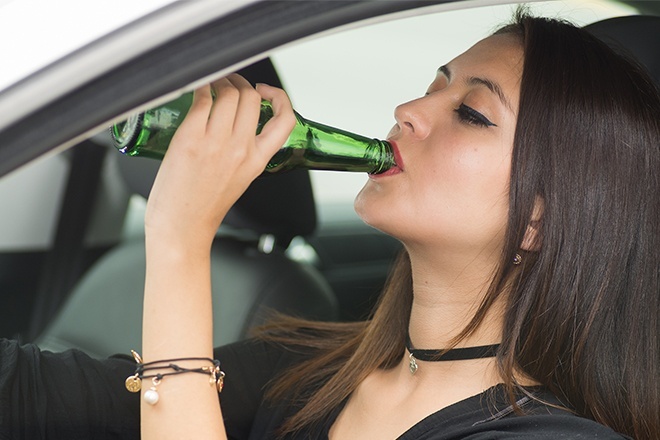
Drinking, Drugs and Driving: A Dangerous Mix for Teens
The period between Thanksgiving and New Year’s Day is described by the National Association of Drug Court Professionals as “one of the deadliest and most dangerous times on America’s roadways due to an increase in impaired driving,” which is why December has been designated National Drunk & Drugged Driving Prevention Month.
This year, with the pandemic still raging, chances are you won’t be heading out to holiday gatherings as much as in the past, but it’s still as important as ever to stay sober if you’re driving.
It’s also crucial that you have a serious conversation with your teen drivers.
The statistics are frightening: More teens die from motor vehicle crashes than any other cause of death, and teen drivers are 17 times more likely to be involved in a fatal car crash when they have alcohol in their system as opposed to when they are sober.
The same holds true for marijuana and other drugs. A report from Liberty Mutual and SADD (Students Against Destructive Decisions) found that one in five teens admit driving under the influence of marijuana, and one in four say they would take a ride from a driver impaired by alcohol or prescription drugs.
Dr. Nellie Taylor-Walthrust, Director of North Shore Child & Family Guidance Center’s Leeds Place, where we operate our Adolescent Outpatient Chemical Dependency Treatment Center, says that while many adults make foolish decisions about driving when they’ve been drinking or using drugs, teenagers are even more susceptible to feeling like they’re safe to drive even when intoxicated.
“Teenagers brains are still developing, and they tend to behave more impulsively, especially when they are under the influence of drugs or alcohol,” she explains. “Plus, when they do consume alcohol, teens are more likely to binge drink than adults. It’s a very dangerous situation.”
While the good news is that drinking and driving among teens has gone down by more than half since 1991, high school teens still drive after drinking about 2.4 million times a month.
As a parent, you play a crucial role in your teen’s choices, even though sometimes it might not feel that way. Some ways you can encourage safe driving include:
- Create a driving contract with your teen that spells out the most important rule: zero tolerance for drinking any alcohol or taking drugs when driving.
- Let them know they should never get in the car with anyone who has been drinking or is using drugs.
- Offer to provide them with a ride if they ever end up in that circumstance.
- Institute a no texting while driving rule—ever.
- Mandate seat belt wearing, even for the shortest trips and in the back seat.
- Limit nighttime driving, especially for new drivers.
- Model safe behavior by following the rules of the road yourself and never drinking and driving.
If you think your teen is experimenting with drugs or alcohol and needs help, we’re here for you. Call us at (516) 626-1971.
For more information:
Get your copy of the Centers for Disease Control and Prevention’s parent-teen driving agreement and learn more about safe teen driving at www.cdc.gov/ParentsAreTheKey
Sources:
https://crashstats.nhtsa.dot.gov/Api/Public/ViewPublication/812450
https://www.safekids.org/press-release/number-one-killer-teens-motor-vehicle-crashes
https://www.cdc.gov/vitalsigns/teendrinkinganddriving/index.html
